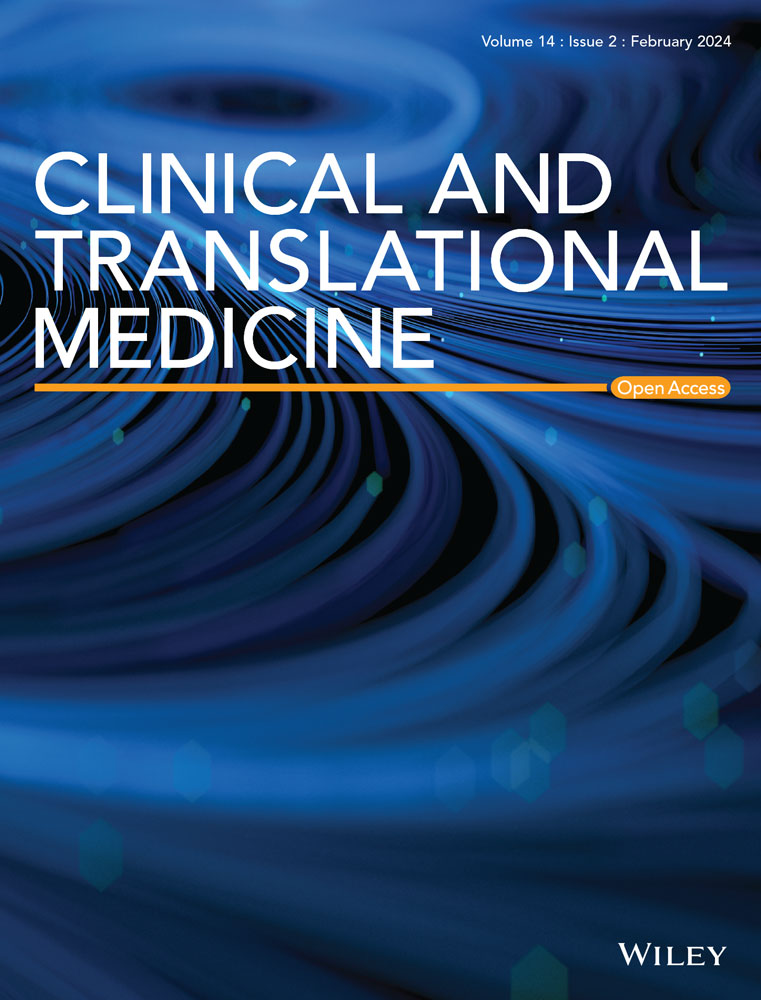CD103+CD8+ tissue-resident memory T lymphocytes of melanoma boost anti-tumour immunity and predict immunotherapy outcomes
Abstract
Background
Immunotherapy has revolutionised melanoma treatment, providing significant clinical benefits by reactivating the anti-tumour immune system. CD8+ tissue-resident memory T lymphocytes (CD8+ TRM) have emerged as crucial mediators of anti-tumour immunity, while their specific role in melanoma remains poorly understood.
Methods
Following CD8+CD45.1+ OT-1 cell adoptive transfer into CD45.2+ mice, we employed magnetic separation to purify and analyse resident memory CD8+ T cells (TRM). We use multiple immunohistochemistry (mIHC) to evaluate the spatial distribution of CD8+ TRM in ZS melanoma cohort. Additionally, the biological function of CD8+ TRM and their impact on anti-tumour immunity are explored using scRNA sequencing and spatial transcriptomics, coupled with in vivo/in vitro experiments. Finally, CD8+ TRM utility as an immunotherapy response predictor is examined across several independent cohorts.
Results
CD8+ TRM demonstrates potent tumour-killing capabilities in melanoma, with CD103 as a distinctive marker. High CD103+CD8+ TRM infiltration in tumour tissues strongly correlates with improved prognosis in melanoma patients. In vivo adoptive transfer of CD103+CD8+ TRM effectively inhibits melanoma progression. Mechanistically, CD103 activates the integrin-dependent PI3K/AKT signalling cascade, promoting both proliferation and anti-tumour effector functions of CD8+ TRM. Notably, CD103+CD8+ TRM preferentially localises within tertiary lymphoid structures (TLS), and its adoptive transfer promotes TLS formation. Clinically, CD103+CD8+ TRM is enriched in immunotherapy-responsive patients and serves as a strong predictor for immune checkpoint blockade (ICB) treatment outcomes.
Conclusions
CD103+ CD8+ TRM cells in melanoma play a key role in the anti-tumour immune process and can also be used as a reliable predictor of immunotherapy efficacy.
Key points
-
CD103 is a reliable marker of tissue-resident memory (TRM) CD8+ T cells in melanoma.
-
CD103+CD8+ TRM cells exhibit potent anti-tumour immune activity.
-
CD103+CD8+ TRM cells predict favourable responses to immunotherapy in melanoma.


 求助内容:
求助内容: 应助结果提醒方式:
应助结果提醒方式:


